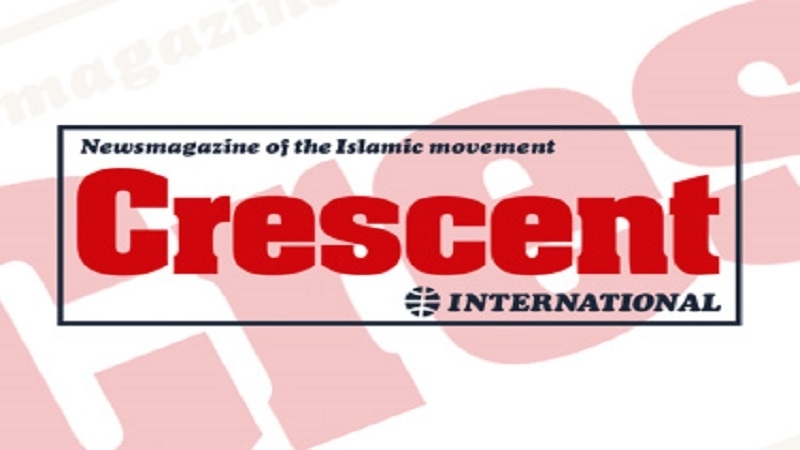by Editor (Editorials, Crescent International Vol. 31, No. 8, Rabi' al-Thani, 1423)

Considering that the world seemed to be on the brink of nuclear catastrophe, the end of the crisis between India and Pakistan was surprisingly low-key. First there was an agreement between the two that they would permit overflights by eachother’s aircraft; then the Indian navy was withdrawn from positions in the Arabian Sea, off Pakistan’s coast. After several days’ hesitation, the Indian government accepted Pakistan’s assurance that it was preventing Kashmiri mujahideen from crossing the Line of Control (LoC) between Azad (Free) Kashmir and Indian-occupied Jammu and Kashmir. Pakistan also arrested Hafiz Saeed and Masood Azhar, leaders of the Lashkar-e Tayyeba and Jaish-e Mohammad Kashmiri mujahideen groups respectively. Although Indian and Pakistani troops continued to exchange fire across the LoC, that is regarded as routine by both sides, despite resulting in dozens of deaths each year.
In truth, there never was much risk of war, for the simple reason that the crisis had been engineered by India for political reasons that would have been threatened rather than served by war. (It is notable that at no stage of the crisis did India announce a general mobilization of its armed forces.) The crisis began with an attack on an Indian military base on May 14. This was the day after US assistant secretary of state Christina Rocca arrived in Delhi. The timing is interesting. For one thing, it is reminiscent of the murder of 36 Sikh villagers in Kashmir on the eve of former US president Bill Clinton’s visit to India in March 2000: an incident that India blamed on Pakistani agents, but which later turned out to have been perpetrated by its own security forces. It was also convenient for the Hindu nationalist government of Atal Behari Vajpayee, which did very badly in state elections earlier this year, and was under pressure because of the anti-Muslim pogroms in Gujrat (which are still continuing on a smaller scale). A crisis with Pakistan served nicely to rally nationalist opinion behind the government and to divert local and international attention from Gujrat.
The crisis also served a number of other purposes: firstly, to link the Kashmiri mujahideen with "international terrorism" in order to delegitimise the Kashmiris’ struggle for freedom and self-determination, and to gain international support and assistance for the suppression of that struggle; secondly, to consolidate India’s own position as one of America’s major regional allies, which it had felt to be threatened by the US’s relationship with Pakistan since September 11; and thirdly, to take advantage of Pakistan’s weakness to extract political and other concessions, such as restrictions on Kashmiri groups and activities in Pakistan.
India’s success in all these areas is clear. Even before the crisis US special forces were already in India, cooperating with India’s army in operations described by Rocca as "the largest ever joint army and air exercises since India’s independence." By the end of the crisis, US secretary of state Donald Rumsfeld was singing India’s tune in Delhi, claiming on June 11 to have evidence that al-Qaida was active in Kashmir, and saying that the US was considering offering India access to American satellite intelligence in its fight against Kashmiri "terrorists" operating from Pakistan.
Despite his making a few defiant patriotic noises about Pakistan’s willingness to defend itself and protect the Kashmiris’ rights, it is clear that Musharraf was under massive pressure from the US and India, and was forced to give them virtually everything they demanded. The consequences of this in Pakistan remain to be seen; already he has been criticised by Islamic and other groups for his surrender. But in truth the surrender came months ago, when Musharraf decided to cooperate with the US’s occupation of Afghanistan. With US troops and CIA officials controlling key functions in Pakistan, the country’s ability to defend itself, should India ever decide that it really does want war, must be doubted.
What must not be forgotten, however, is that the biggest losers are the Kashmiri people, who have been fighting for freedom from India’s repressive rule for more than half a century. What India describes as a terrorist movement sponsored by Pakistan is in fact a popular struggle that takes 700,000 Indian troops to control. But with Pakistan forced to submit to India’s demands, and other Muslim countries indifferent to their plight, Kashmir’s Muslims can expect even greater oppression, and little help and support from anyone in the foreseeable future.
